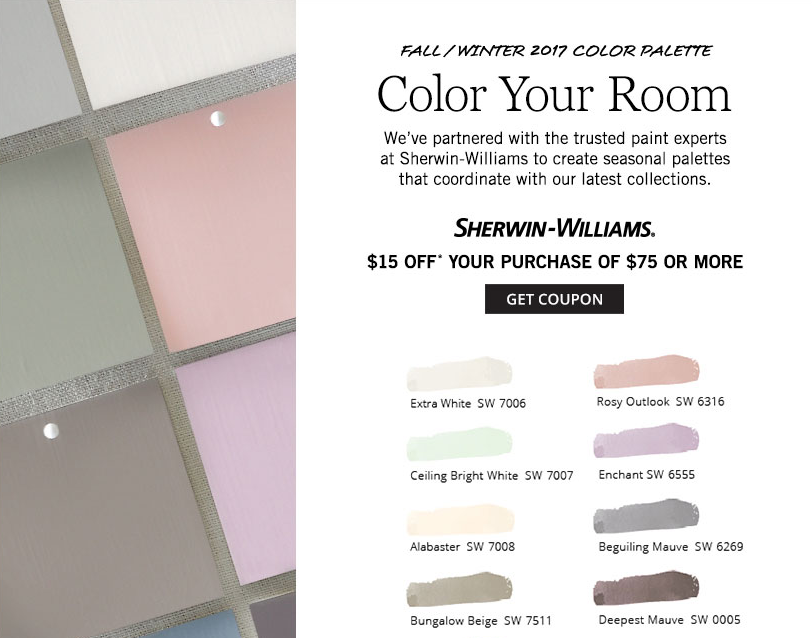Co-branding Your Business: When And How To Do It
Pizza and beers, Netflix and chill. Awesome combinations right? Some things are great on their own and even better in the right combination. That is exactly what co-branding aims to achieve. And why you might want to consider co-branding your business for a marketing campaign.

The process of co-branding begins with product development and continues until you are marketing the product. Take for example Adidas and Kanye co-branding, or Hersheys and Betty Crocker. In a partnership of this kind, companies will bring their resources and existing customer bases together. They not only reduce the risk by sharing the weight of developing and launching the product, they also gain access to the audience of the other brand. This is a win-win situation for both brands.
As with anything else this business strategy also has its gives and takes. Let’s take a look at some of these.
Some of the advantages are:
- Brands get to share the risk involved
- There will be access to more financial sources
- They may have more sales revenue
- Customers may trust the product or services involved a lot more, by association
- Advertising that is joint, will offer more scope
- The product image will be improved as it is now associated with another brand that is well known
Some of the potential disadvantages are:
- The products being used to develop the co-branding strategy have popularity in markets that don’t have any common ground
- If there is a conflict in the mission and the vision of the two companies, they may lose customer trust
- If there are lots of bad customer experiences associated with either of the brands
Tips to make co-branding your business a success
Do your goals align well?
It is very important that the goals of both your brands work well together. Some of these common goals could include:
- Acquiring new markets and customers, thereby extending marketing reach.
- Providing added value for customers.
- Finding new means of revenue (e.g. with branded products).
- Improving the engagement levels and loyalty of customers.
- Increasing brand equity and reiterating brand positioning.
Here is a great example of a co-branding venture that went really well:
Pottery Barn and Sherwin-Williams conducted a co-branding campaign called “Color Your Room”. As a result, both brands were able to expose their products and services to new audiences. They also created an exclusive line of products consisting of paints. And they added a new section on Pottery Barn’s website that allowed customers to pick their color palette based on furniture they liked. Customers could pick their furniture, paint colors, and get style assistance through this co-branding venture. The landing page from Pottery Barn called “Paint Landing” also shared a ton of DIY ideas and how-tos for decor and painting.
How about customer alignment?
If you and your chosen partner brand are catering to completely different markets, your venture may fail. While in other instances this can work out well if the two audiences have a need for the products or services of both brands.
For brands with similar, or the same, target audience there are a lot of opportunities for collaboration. Take for instance, the partnerships between airlines and hotels. They have the exact same customer segments and they can therefore also offer great discounts and even complementary services. While it may not be always the case that your brands are fully complementary, you definitely need to have some overlap in your audiences. For example, GoPro and Red Bull faced that kind of scenario and managed to pull off a great campaign:
GoPro and Red Bull have both established themselves as lifestyle brands. They both stand for action, adventure and extreme sports that lean towards being fearless. In this co-branding venture, GoPro provides athletes and adventurers all over the world with funds and the tools to capture their experiences, be it racing, stunts or action sports from the perspective of the athlete. And Red Bull uses their reputation and expertise to sponsor and run these events.
Think about the brands’ positioning and identity
You need to consider whether the brand that you are partnering up with has a similar take on their brabd identity and positioning. BMW and Montblanc had such a partnership. Because they are both luxury brands, they decided to get really ingenious with their “Montblanc for BMW” collection. It featured in-office as well as on-the-road products.
Brand values are important too
If you and the brand that you want to co-brand with do not share values, it does not make sense to collaborate Especially if you have outright contradictory values. We repeat – abort mission! It is imperative that both your brands have similar values. As you will find out later in this blog, when that doesn’t match up, no matter how long a co-branding partnership has lasted, it can come tumbling down.
Do your styles align?
Two trendy brands together make for one awesome partnership. We can see this clearly with the Kanye – Adidas partnership that came together to develop Yeezys – a luxury footwear brand. Kanye brought the celebrity factor to Adidas and in return, Adidas gave Kanye a huge platform to launch a line of clothing.
When does co-branding your business not work?
Target and Neiman Marcus
An example of an unsuccessful co-branding campaign was one created by Target and Neiman Marcus. Neiman Marcus happens to be more of a luxury retailer. And Target is branded as budget-friendly. They are also a mass-market department store. Do you see the mismatch?
They put together a holiday collection that just didn’t work. The prices that the Neiman Marcus customers were quite used to did not take up at all with the Target customer segment. They ended up offering the collection at more than 70% discounts and still, both brands lost out.
Shell and Lego
A great example of something that worked really well until it did not, was Shell and Lego partnering up for almost 5 decades… and then poof! It just disappeared.
In 2014, Greenpeace activists launched a huge campaign that urged Lego to end the 50 year old co-branding venture with the oil giant, when Shell decided to drill into the Arctic. While the strategy to distribute Lego toys at Shell stations worked well for some time, as soon as brand values shifted so did public perception.
Knowing just when to co-brand your business
Co-branding is a bit of an art and science. The questions below will help you decide, when you should go for it and when you should simply steer clear.
Are you risking your brand reputation?
Never partner with a brand that will put your credibility at risk. You need to make sure that the reputation of your brand is safe when you partner up. If you feel that there is any real risk, do not move forward without addressing this. If there is no risk and you genuinely know that this can create both awareness and profits, by all means, go for it!
Does the other brand have a similar audience or an audience that you want to grow?
The audiences of both brands need to have at least some overlap. If only one brand’s customer segment will have any interest, your co-branding efforts will not be mutually beneficial. Be sure to look into this to determine if it will be worth your time.
Does your co-branding partner have expertise or resources that you don’t?
The benefits of co-branding your business for a marketing campaign include tapping into resources that you may not have readily available. These could be monetary, involve certain expertise, or access to tech.
Once you’ve decided whether you want to work with a particular partner, be sure to iron out these details:
- Clearly articulate your goals and what each brand’s responsibilities will be
- Decide on the types of content, and the platforms on which, you’ll work together to produce and share
- Develop a timeline for the co-branded campaign(s)
- A formal agreement including:
- Scope of the campaign
- Your timelines
- Goals to be achieved
- Assignment of responsibility for creating the content and assets, as well as details about the ownership of each
- Where your co-branded content will be shared
- Terms for how you will share leads generated by your campaign
- Plans for promotions and reporting
How can you promote your co-branded marketing campaign?
As part of a co-branded marketing campaign, you’ll want to reach your clients through as many different channels as you can. Below is a list of some content ideas you can try:
- Social media posts (including a dedicated hashtag) and ads
- Web banners and hero image updates on your sites
- Ongoing blog posts
- Videos on YouTube and social media
- Emails – both your ongoing newsletter and targetted special announcement blasts
- A dedicated landing page
What does it all come down to?
Co-branding your business for a marketing campaign is a great way to further your revenues and your business goals. If you pull this off well, you will benefit from a wider audience too. But as we have been stressing throughout the blog, this is not a decision that should be taken lightly. Decide what partner brands will work well with you and why. And only when you’ve done a thorough cost-benefit analysis should you move forward. And then it’s time for the fun of launching a creative campaign that allows your brand to stretch beyond its usual boundaries. ?







